The following video shares an exercise we did with our students at Escuela Verde.
In one of our workshops, we learned about fractals, and how this mathematical set can explain all the diversity that we see.
What is a fractal?
A fractal is a repeated, geometrical shape. It is itself repeated, and this repetition results in the complex patterns and systems that we see. We can see examples of fractals all throughout nature, and in our own, human-designed systems.
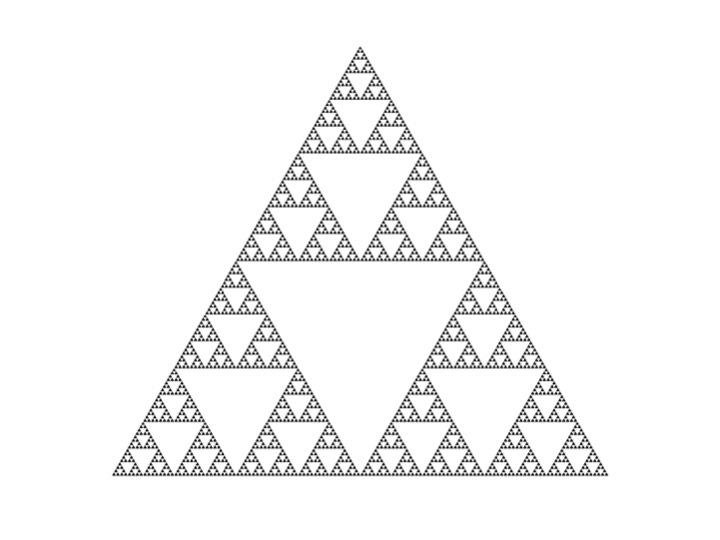
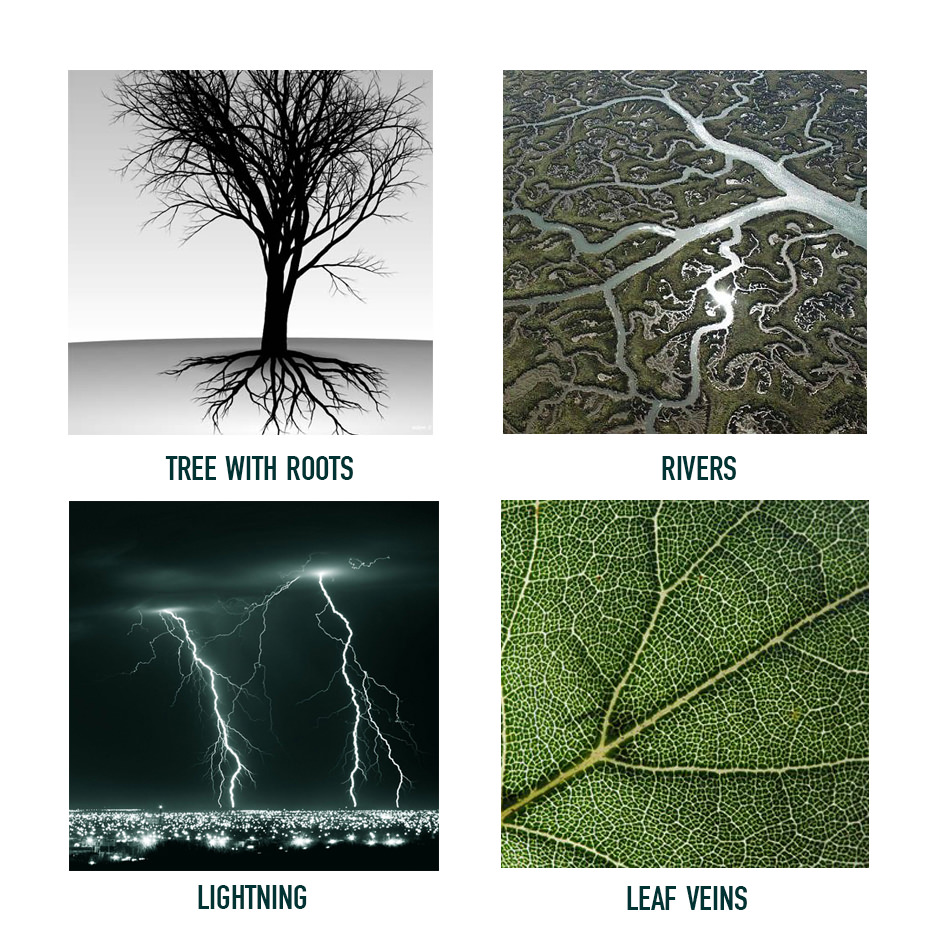
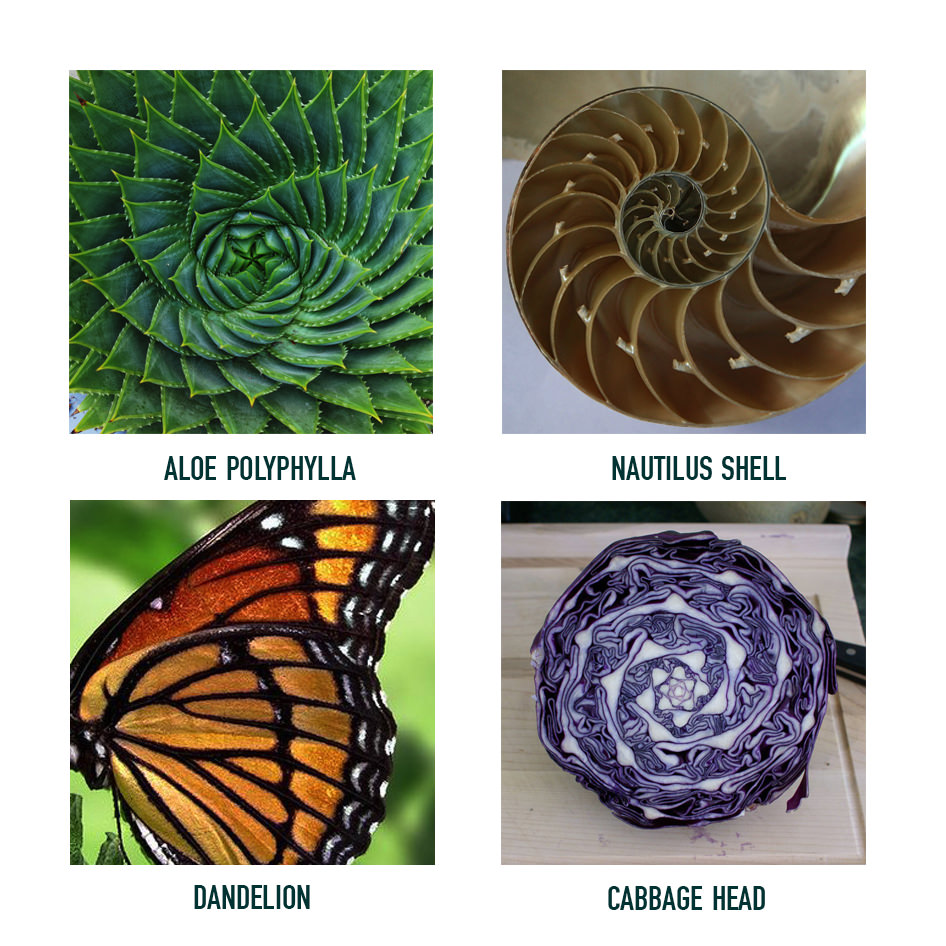
Final imagery for the mural
After all our discussions of the role immigration plays in our markets, economics, and cultural development, we decided on two “images” to represent our ideas:
- Crops that now grow natively in Wisconsin, that have traveled to different regions as people have migrated and agricultural societies have developed.
- Migratory species of butterflies that travel thousands of miles every year, and are essential to the health of our ecosystem. The fact that the Butterfly Effect is a concept related to fractal theory is a nod to our explanation of diversity, via fractals. (The butterfly theory states that small causes can have large effects. When and where a butterfly flaps its wings can determine whether or not a hurricane occurs on the other side of the planet.)
We combined our imagery via the shared patterns of root structures, butterfly wings, and their underlying tessellations.
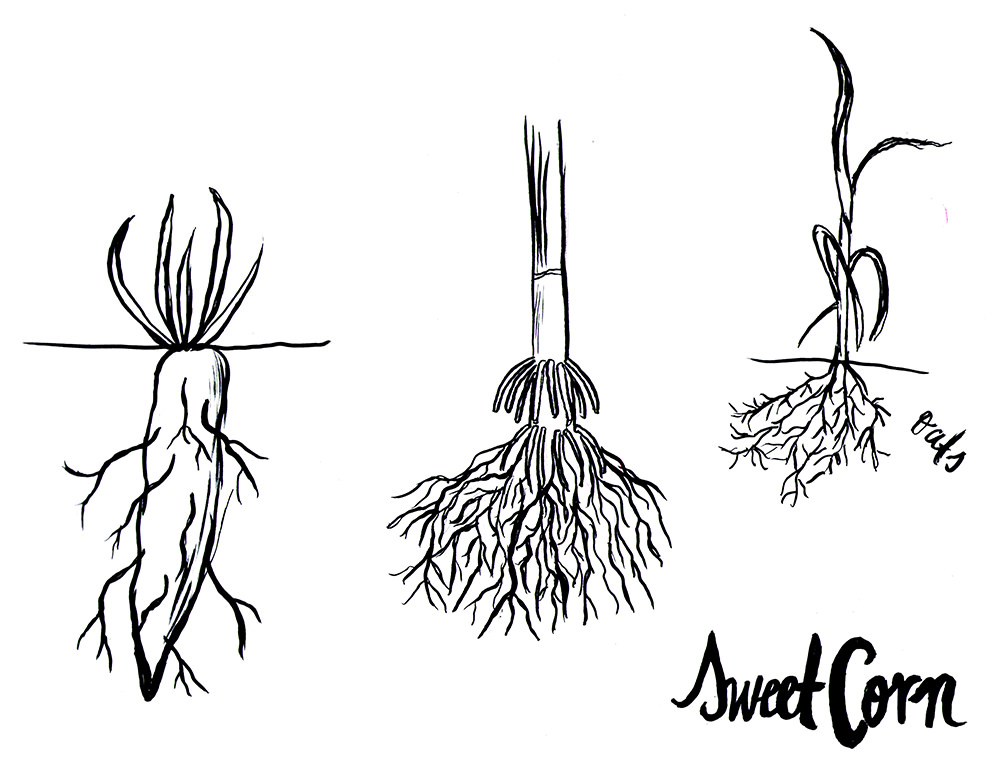
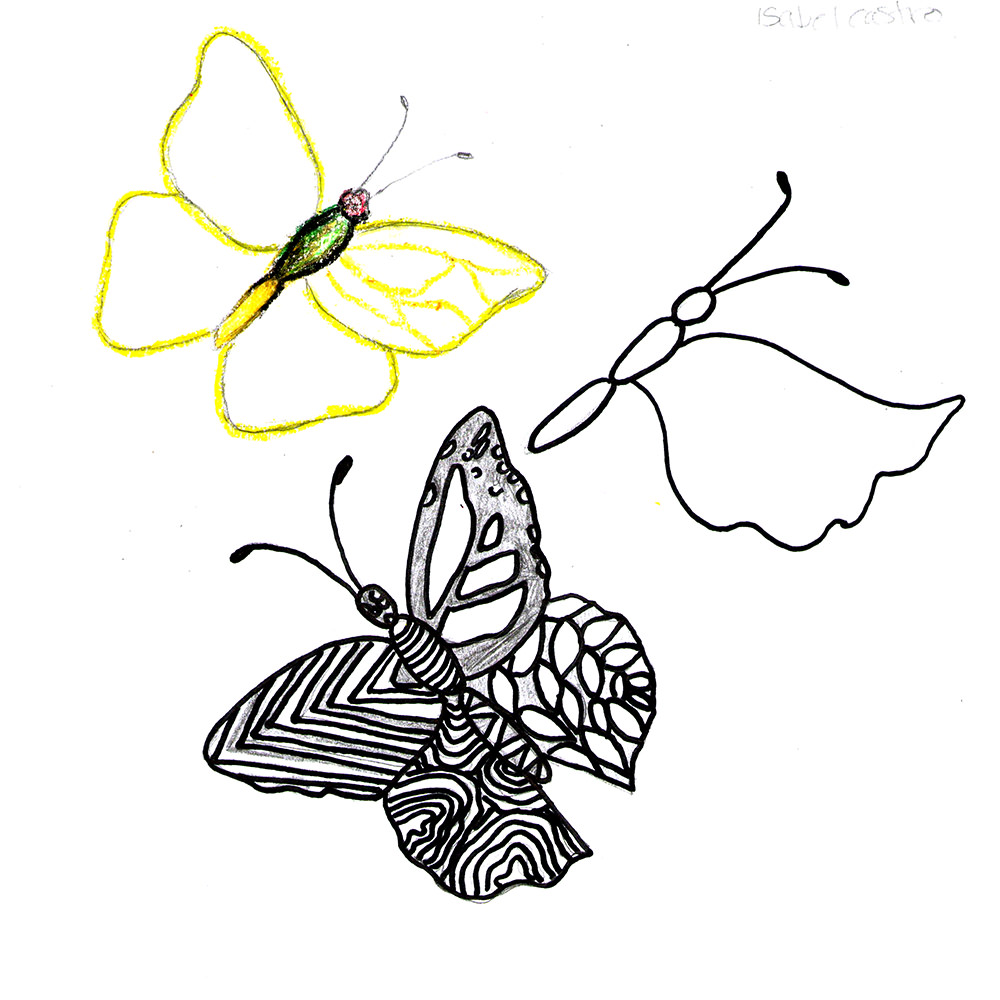


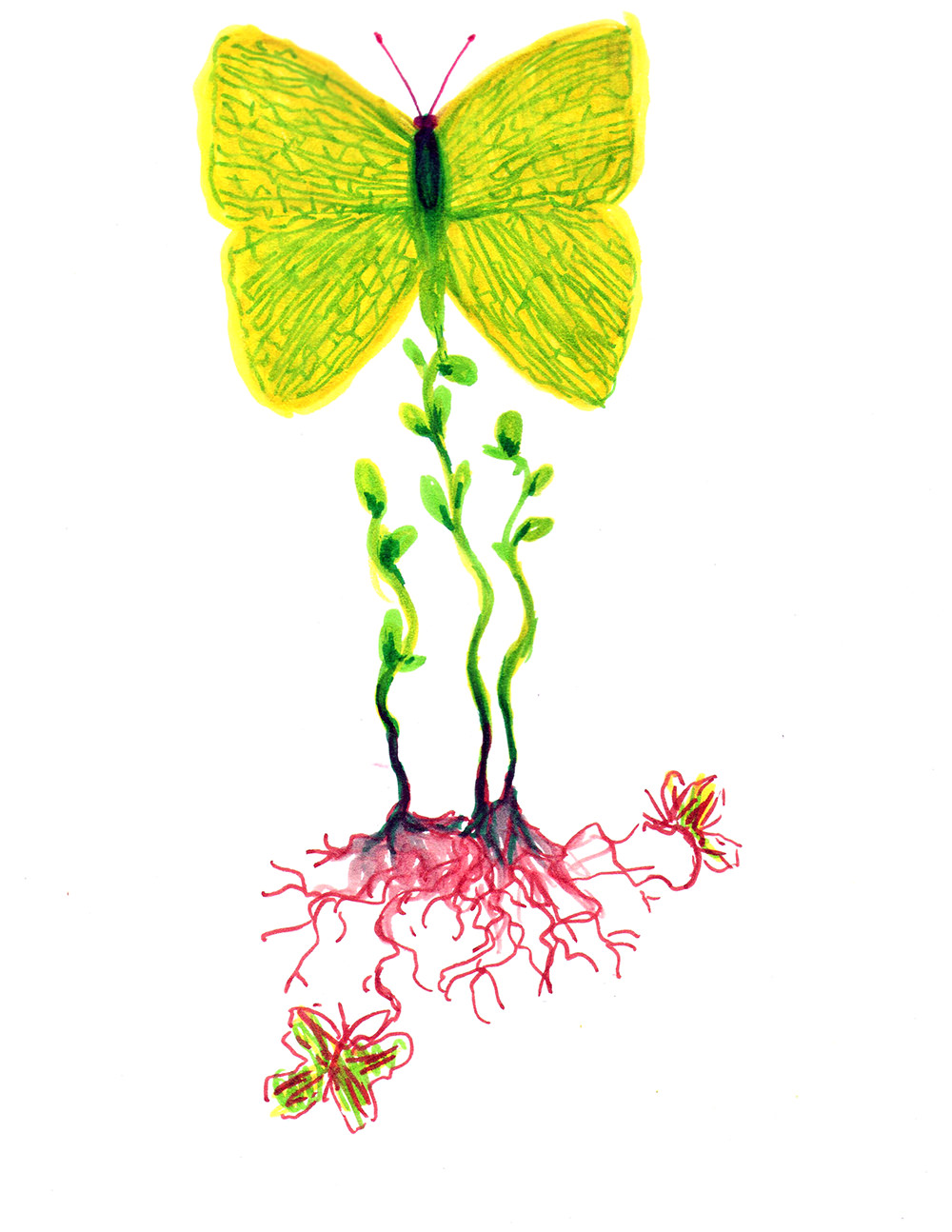





You must be logged in to post a comment.